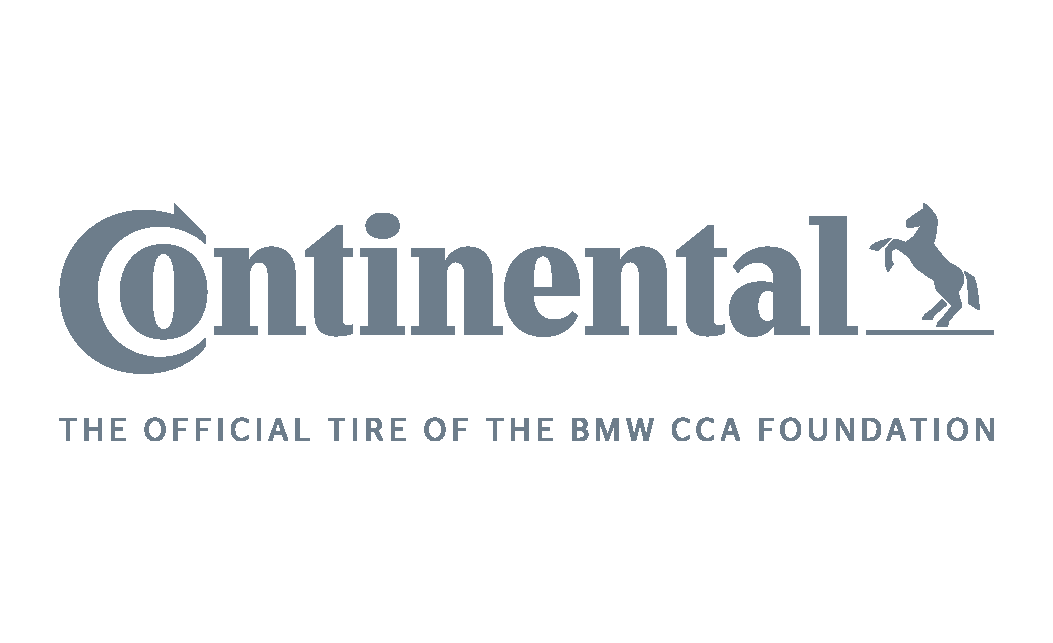
About TRSS
Tire Rack Street Survival goes beyond typical high-school driver education programs, which put more focus on classroom theory and parallel parking than controlling a 2 ton vehicle at speed.
The primary emphasis of the Tire Rack Street Survival program is a hands-on driving experience in real-world situations. We use your own car to teach you about its handling limits and how you can control them.
The students will become more observant of the traffic situation they find themselves in. They will learn to look far enough ahead to anticipate unwise actions of other drivers. As the students master the application of physics to drive their cars, they will make fewer unwise driving actions themselves. They will understand why they should always wear their own seatbelts, and why they should insist that their passengers wear seatbelts, too.
The Tire Rack Street Survival school is a safe teen driving program, designed to go beyond today’s required driver education and give teens across the U.S. the driving tools and hands-on experience they need to become safer, smarter drivers. The school provides trained and qualified in-car driving instructors as well as valuable classroom experience for each student.
Last year, over 5,000 teenagers died in motor vehicle crashes, the leading killer of American youths aged 16 to 19, accounting for more than 40 percent of fatalities in that age bracket. To reduce this number we developed Tire Rack Street Survival, a non-profit, national driver education program aimed at teaching teens the skills they need to stay alive behind the wheel.
Since 2003 we have trained over 30,000 students to become safe and responsible drivers. We have hosted over 1,300 schools from New Hampshire to California, Florida to Minnesota.



